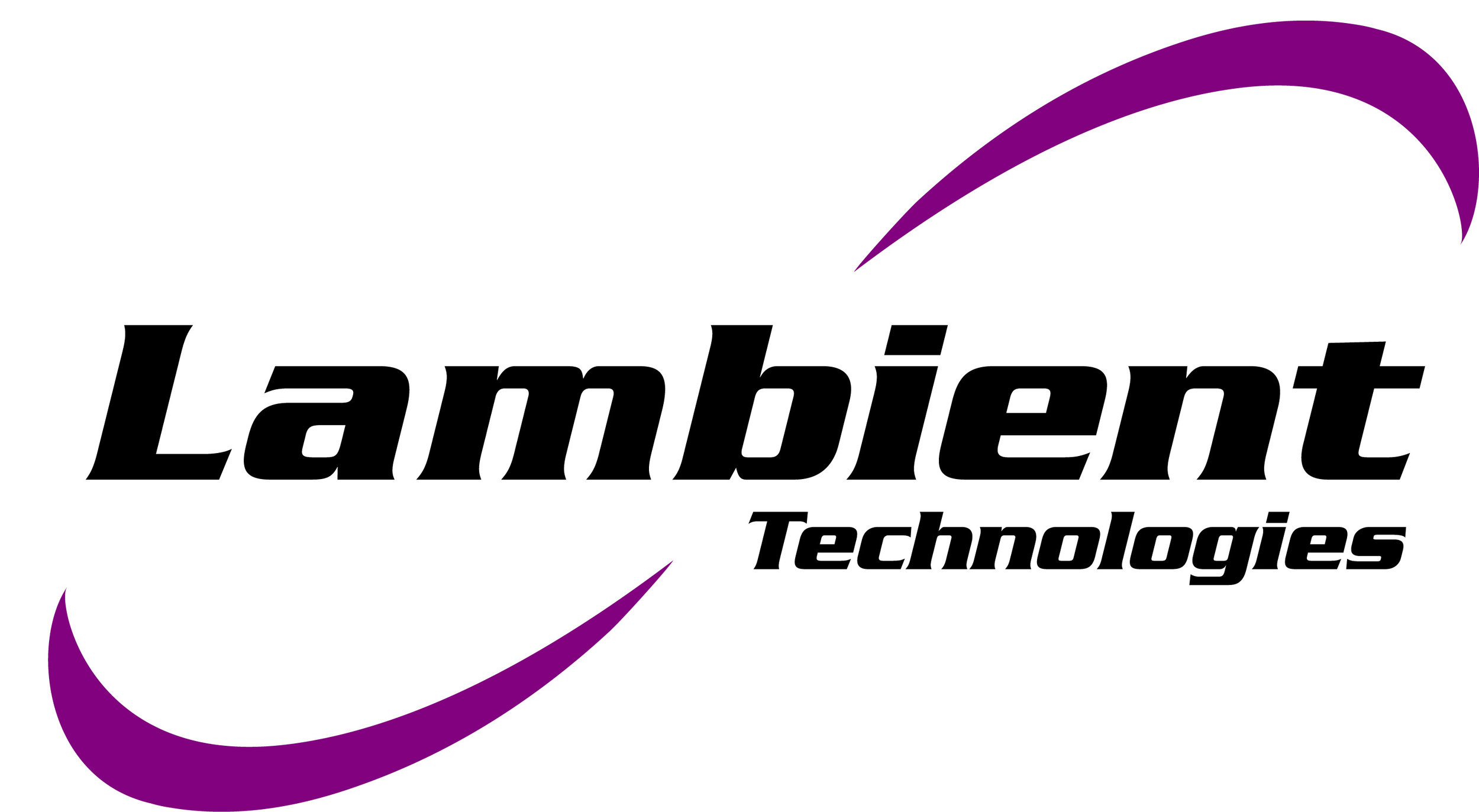Quad-Cure 1933 is a urethane acrylate glass-metal bonder that may be cured with UV, visible, LED light and heat. Under UV irradiation, this resin reacts rapidly and exhibits dynamic behavior that would be difficult or impossible to see with differential scanning calorimetry (DSC), the conventional method of studying cure state. In contrast, dielectric cure monitoring (DEA) has the unique ability to measure cure in real-time, which is valuable for studying materials that polymerize in seconds like Quad-Cure 1933.
The SunSpot 2 UV/Visible Light Curing System2 was the UV source for this study. The output from its arc lamp is wide-band and intensity at the end of the light guide is typically >18,000 mW/cm2 in UVA (320-390 nm), adjustable from 25% to 100%. The SunSpot 2 uses both a dichroic filter and mirror to nearly eliminate IR transmission through the light guide. Absorption of high intensity radiation in the remaining visible/UVA/UVB/UVC wavelengths nevertheless produces considerable heating, which can damage a sample. As natural consequence of the optics, light intensity varied radially across the projected spot and approximately uniform illumination was only possible with a small area. The set-up is shown below.
Setup for dielectric cure monitoring of UV cured resin
A direct relationship exists between degree of cure and ion viscosity; consequently, a shorter exposure produces fewer activated photoinitiators and results in less cure and a lower maximum ion viscosity.

